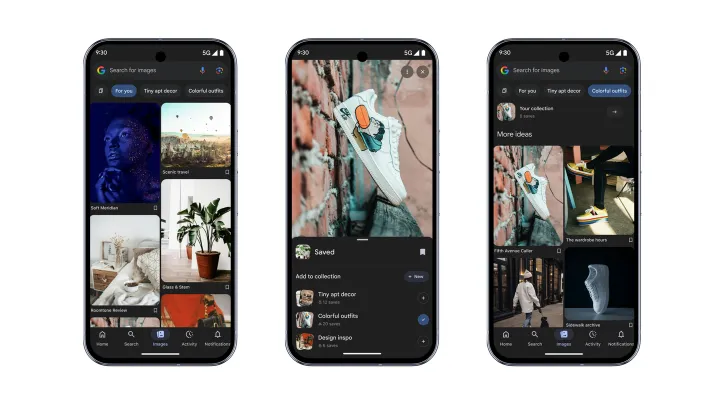Figma updates design systems for the AI era
Figma reimagines design systems, combining speed, flexibility, and intelligence in a single platform.

At Schema by Figma, the company announced a major evolution of design systems — the foundation that helps teams build products with consistency, quality, and speed. The new capabilities aim to adapt workflows for an era where design, engineering, and AI are increasingly interconnected.
Design systems as a shared language for people and AI
Craft and taste matter more than ever. As AI tools become more integrated into product development, design systems are emerging as the language AI can “read.” They’re evolving from static component libraries into living systems that unite people, code, and artificial intelligence in a shared creative process.
Figma’s vision is to make design systems not just a set of standards, but a catalyst for creativity — helping teams scale without losing quality.
Agility at scale
Design systems are meant to simplify, but as products and brands grow, complexity often follows. To address this, Figma introduced new features that make it easier to scale and maintain large systems.
Video: Figma
Extended Collections
A new way to manage multi-brand design systems. System authors can now publish a “base” version that teams can extend with their own themes. Extended collections stay synchronized with the parent system while preserving unique overrides like colors or values.
→ Available in November.
Slots
Teams can now add custom layers inside component instances without breaking the link to the design system. This brings greater flexibility while maintaining consistency.
→ Early access available now.
Design Check
A new tool that automatically suggests the right variables for each element before handing designs off to development — making alignment between design and code easier and more accurate at scale.
→ Early access for organizations.
Power and performance
Figma has completely rebuilt the architecture of its design systems. The result: 30–60% faster updates for variables and mode switching, with smoother editing even in large, complex files.
This new technical foundation also lays the groundwork for future design system features coming later this year.
Video: Figma
Bridging the gap between design and code
With updates to Code Connect and the Figma MCP Server, Figma is bringing design system context even closer to codebases.
Code Connect UI
The redesigned interface connects Figma directly to GitHub, automatically mapping components to code through AI-powered suggestions — no manual scripting required.
→ Available for Organization and Enterprise customers.
Figma MCP Server
Now available to all users, MCP brings Figma context into agent-based coding workflows, allowing teams to guide how AI interprets their design systems. FigJam diagram support also enables more complex multi-step workflows.
Built for everyone — without losing craft
Figma emphasizes that design is becoming more collaborative than ever, but quality shouldn’t be compromised. AI tools should augment teams, not replace their creative judgment and attention to detail.
Video: Figma
Make kits
You can now import Figma libraries directly into Figma Make, generating React components and CSS files from your design tokens and variables.
→ Early access open now.
Npm imports
Teams with existing code-based design systems can import their React components directly from both public and private npm registries.
What’s next
Figma also announced several upcoming improvements:
- Variable import and export — official support aligned with the DTCG standards.
- Simplified collection creation — with a full-screen creation window and direct variable creation.
- More variable modes — now up to 10 for Professional plans and 20 for Organization.
All these updates will roll out starting November.



